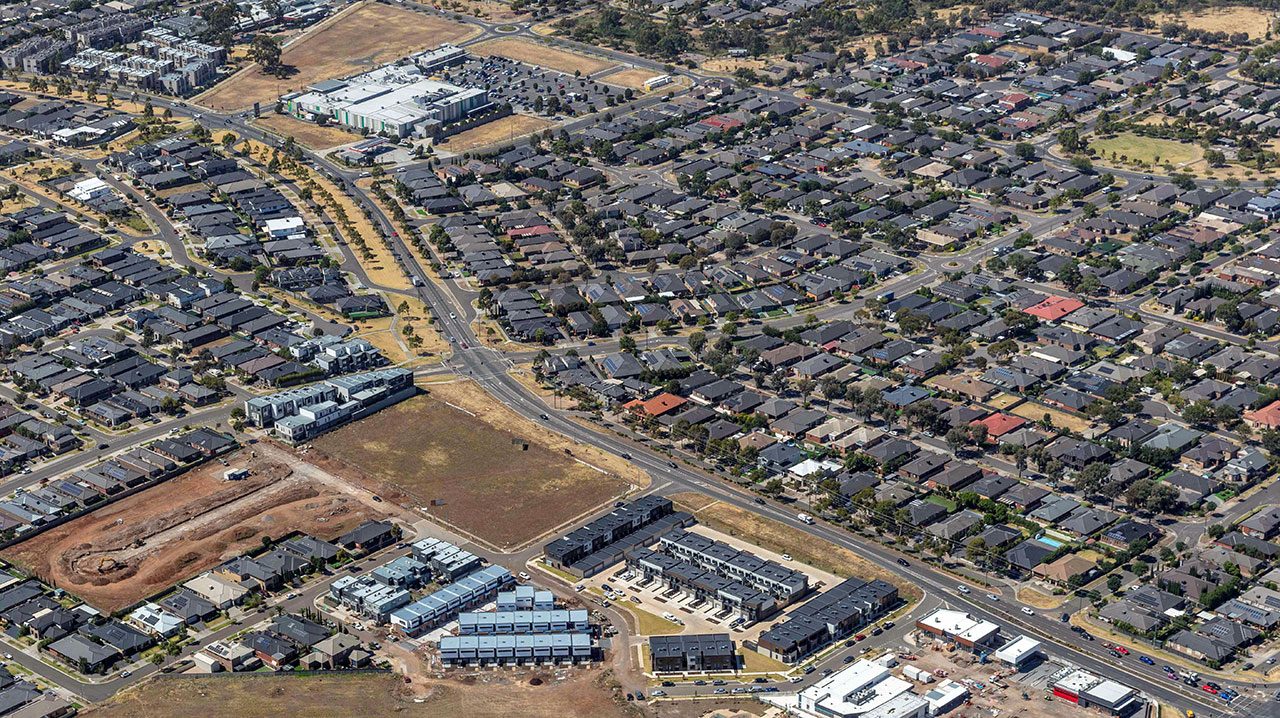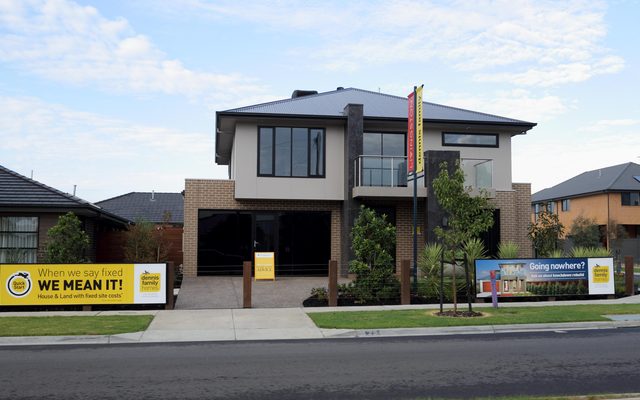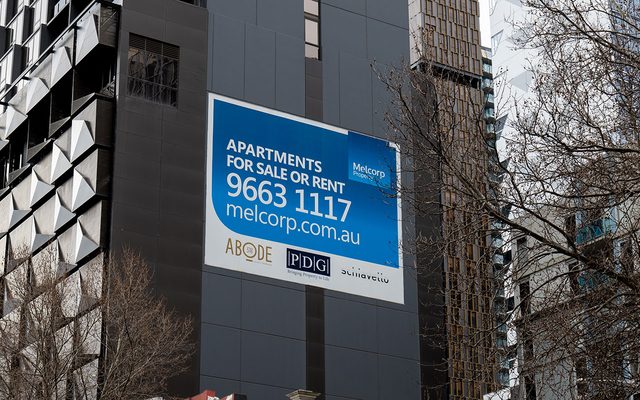This article is from the Australian Property Journal archive
AFFORDABLE options across metropolitan Melbourne and regional Victoria are proving attractive to buyers in what is now a “balanced” market, and the pockets of Greater Geelong, Greater Bendigo and Melbourne’s western suburbs that have led the state in house price growth will continue to do so in the second half of 2024.
According to the Real Estate Institute of Victoria (REIV)’s data for the June quarter, Victoria’s median metropolitan house prices fell 1.5% in the June quarter and metropolitan units saw a 0.1% decrease, while regional houses rose 0.2% and regional units fell 1.4%.
REIV president Jacob Caine told Australian Property Journal the core drivers of price stability in Victoria relate to the level of supply and demand.
“Basically, we’re in a balanced market whereby the amount of demand for property is about equal to the supply.
“Those areas that have experience growth may present affordable alternatives to metro markets or other bigger regional markets, whilst still offering or boasting high-quality amenity and lifestyle appeal.
“The trend that we’ve observed over the last financial year is buyers moving from the centre of the big regional centres, from the inner regional centres, to the outer suburbs, if you will, or neighbouring towns to those kind of big regional centres, because cities like Geelong, Ballarat and Bendigo have become increasingly expensive.”
Buyers are increasingly looking at places like Woodend near Kyneton rather than in Kyneton, Norlane rather than Geelong, and Elmore outside of Greater Bendigo than the city centre..
Elmore’s median price leapt 23.9% to $472,000 as Greater Bendigo saw strong quarterly growth whilst remaining affordable. Long Gully rose 12.7% to $445,000. Golden Square, White Hills and Lockwood South saw gains.
Three suburbs in Greater Geelong saw double digit growth, led by Little River (up 20.4% to $1,505,000), Indented Head (up 10.3% to $955,000) and South Geelong (up 10.1% $906,250). Solid price gains were seen in Drysdale and Bell Post Hill.
“We’ll continue to see people move from the centre of regional cities to the outer suburbs or neighbouring towns that still offer high quality lifestyle, strong amenity and access to those regional centres,” Caine said.
Meanwhile in Melbourne, the western Melbourne municipalities of Melton and Brimbank outperformed the market. Four Melton suburbs were among the top 20 for quarterly price growth, including Rockbank ($682,500), Hillside ($880,000), Melton West ($527,500) and Melton South ($481,000).
“Suburbs in Melbourne’s west, like Melton, Kurunjang and St Albans continue to offer very attractive, affordable houses,” Caine said.
“The median price in St Albans sits around $670,000. When you compare that with suburbs not too far away – say Keilor East, at around $1,079,000 for a house – then people are going to continue to make decisions based on those kind of differentials, where they see ostensibly very similar amenity, proximity to the CBD, access to all of the fundamental services like high-quality education, parks and recreation, and being able to realise a very significant saving.”
Melbourne’s top five most affordable suburbs were also in Melton, with Melton ($474,500) the most affordable, followed by Melton South ($481,000), Kurunjang ($490,000), Melton West ($527,500) and Brookfield ($550,000).
In Brimbank, Keilor East ($1,079,000), Taylors Lakes ($1,002,000) and St Albans ($670,000) were among the top 20 metro suburbs for quarterly house price growth.
Middle Melbourne stood out for annual price gains in FY24. Eltham rose 9.4% to $1,300,000 on its median house price while Glen Waverley was up 8.5% to $1,770,500. On the unit market, Sandringham rose by 25.9% to $875,000, followed by Blackburn with a 15.8% increase to $749,975.
Both transaction volumes and auction volumes increased on the previous year. FY24 saw 39,110 auctions, a 25.5% increase, while property sales lifted 10.8% to 156,550.




